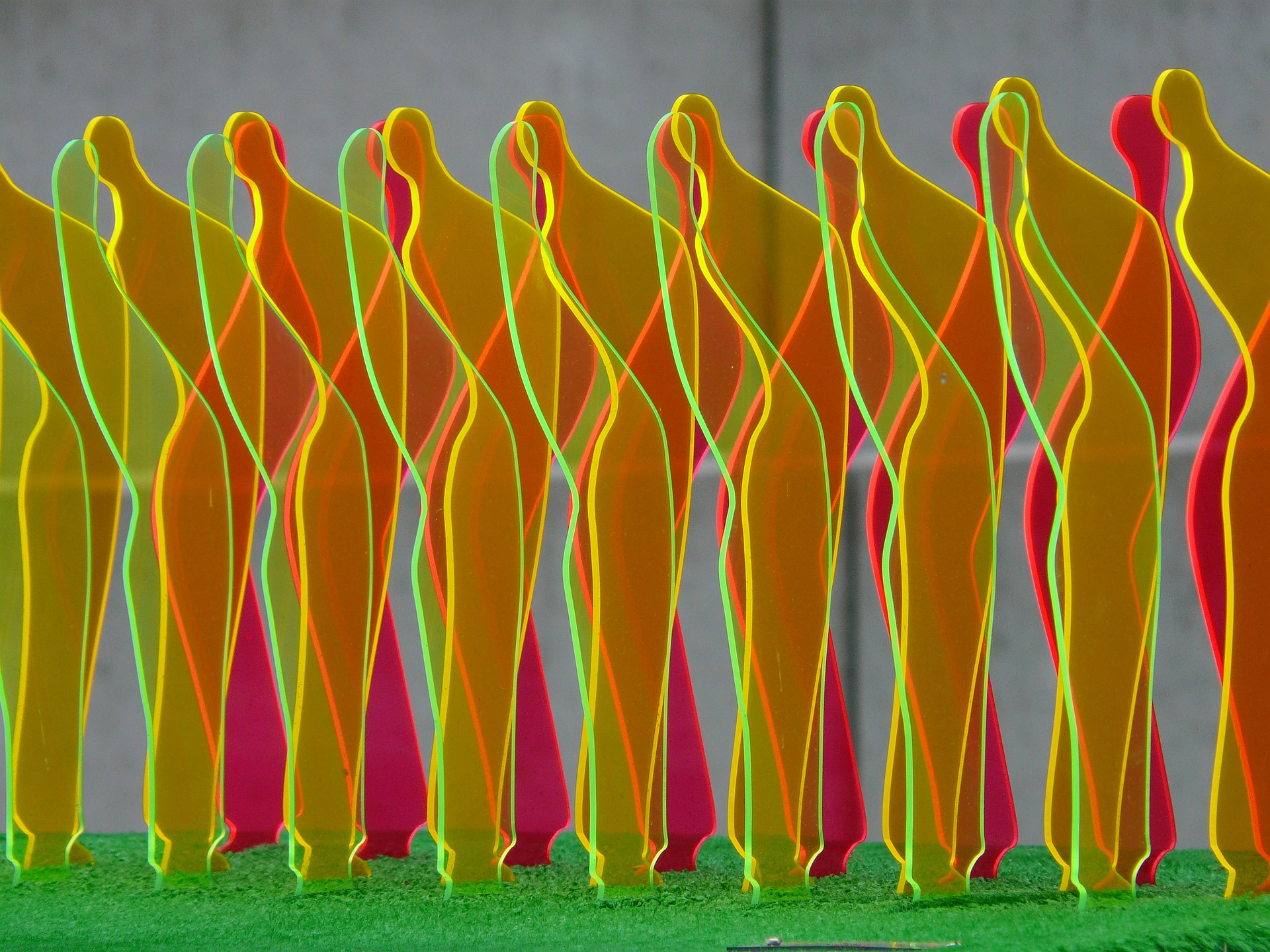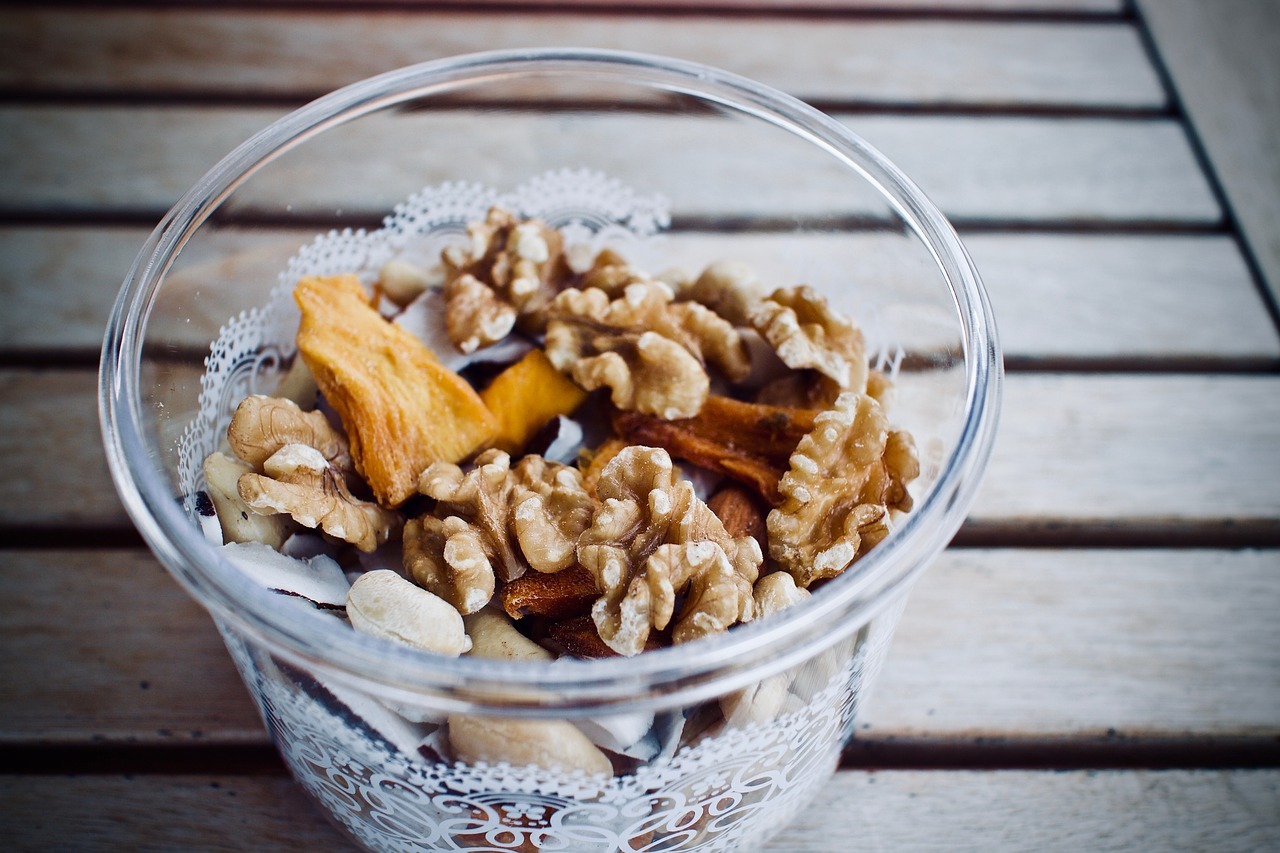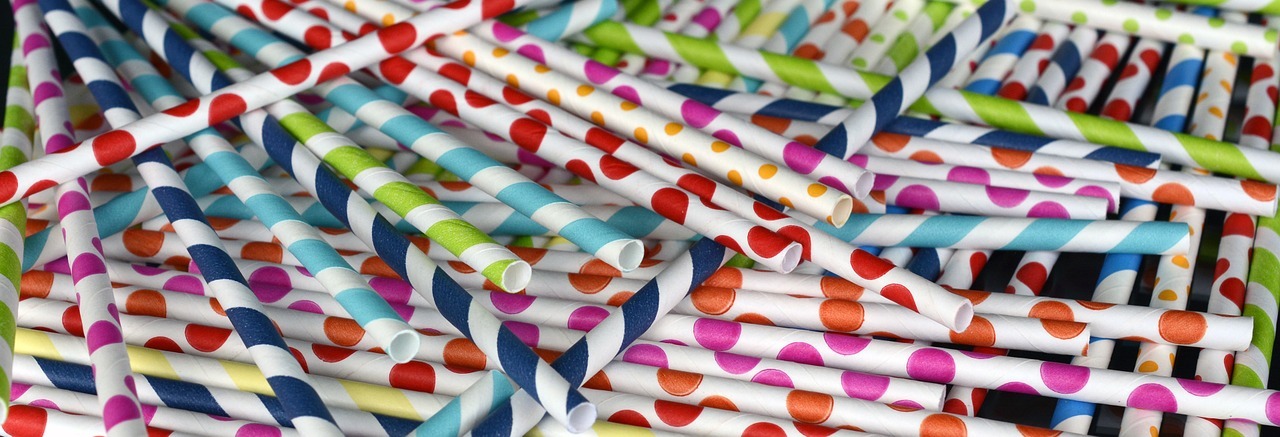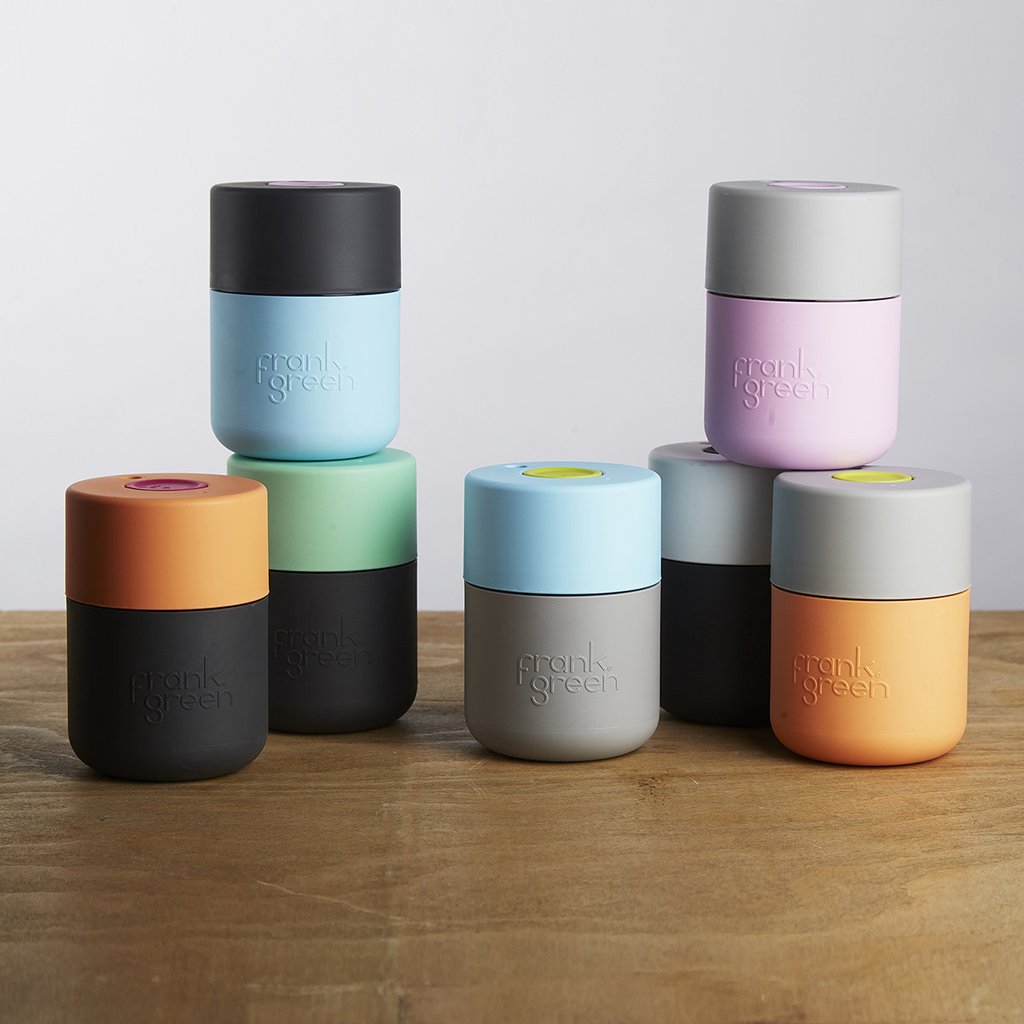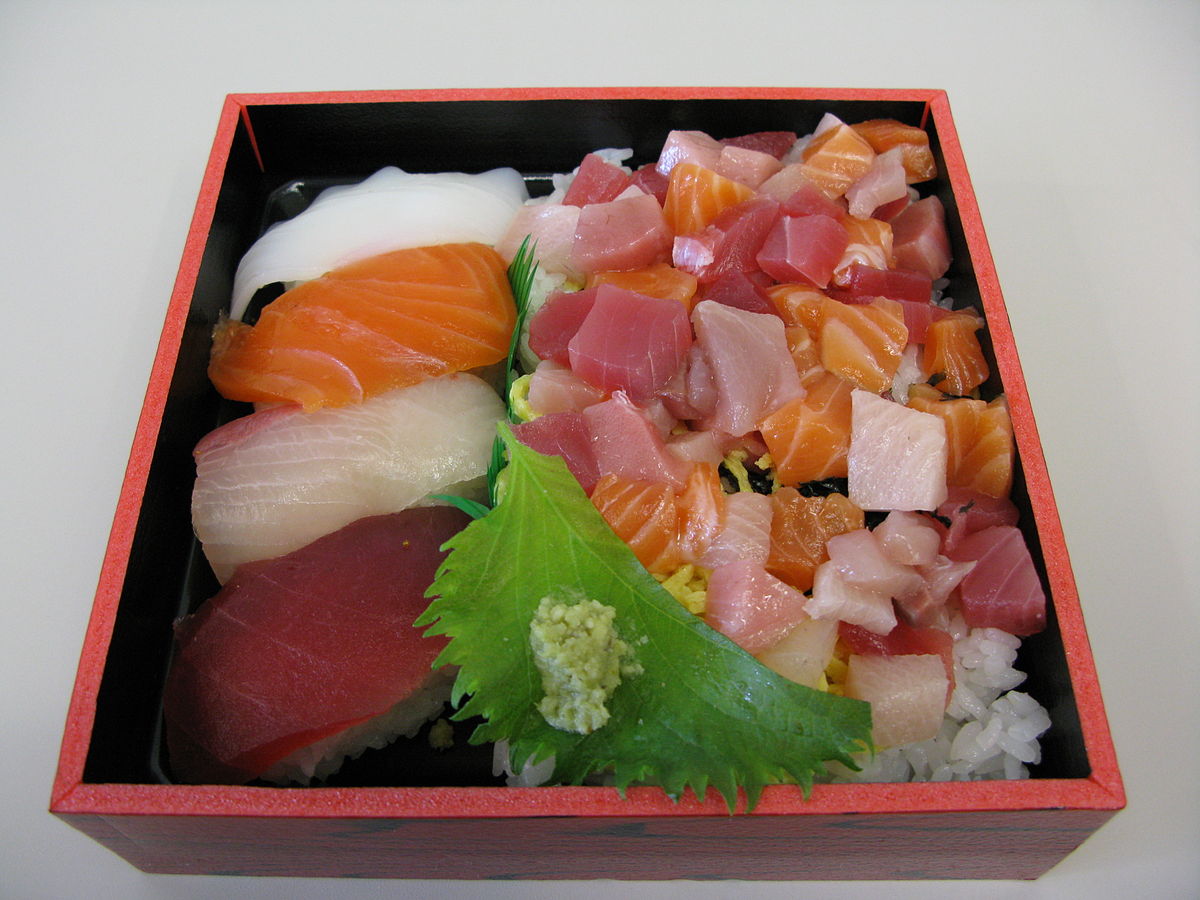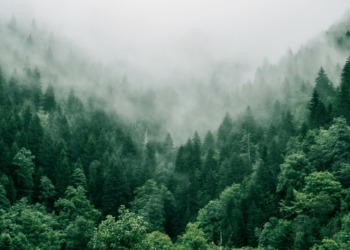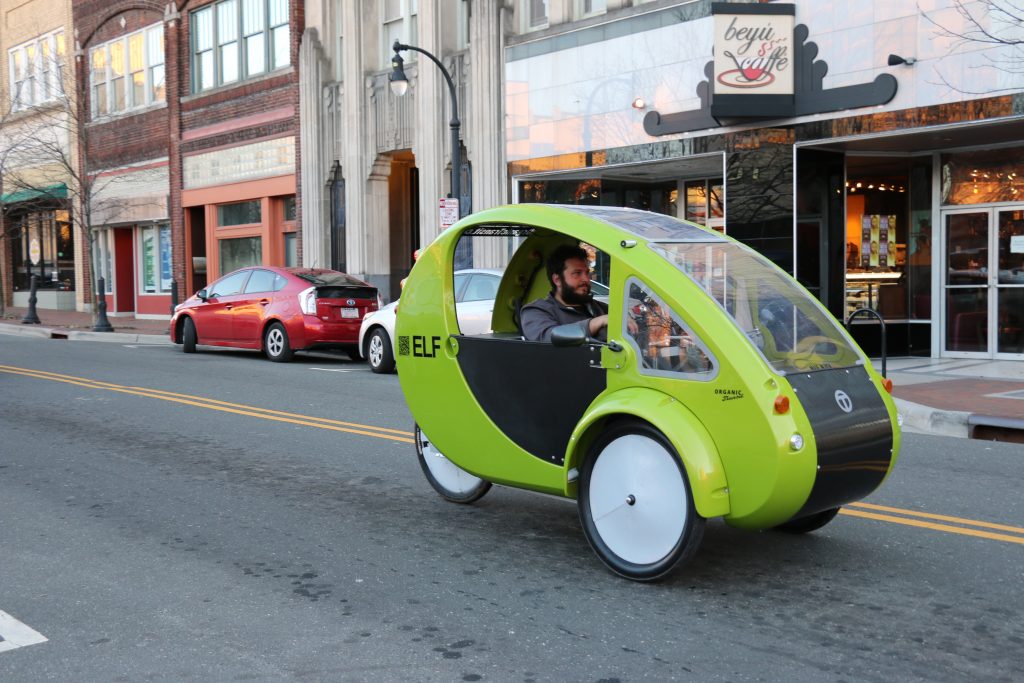When I started the challenge I was worried that my home expenses would increase. Buying package free food, such as meat, fish, vegetables and fruits, is unfortunately more expensive in package free stores than in plastic abundant supermarkets. This is so frustrating! There are certain home supplies that come in plastic packaging such as LED bulbs, which I needed and it earned me a plastic penalty. I also fell into a plastic trap when I went to the fishmonger and the fish was wrapped in paper with a thin layer of plastic. Waiting for my dare from Edda!!
Since I started the challenge I’ve noticed that the majority of cereals, if not all, are packed in plastic. It made me wonder if CE regulations on food safety creates more plastic waste than necessary?? I’m coming across more and more things that is difficult to find without plastic packaging. Even becoming hungry at the mall is a hassle, because food is generally served with plastic plates and cutlery. However I really appreciate the challenge and I’m thinking more and more in solutions. I’ve found numerous new ways make my own products at home without buying expensive toxic treatments.
- Vinegar – Never thought vinegar would make my laundry so soft and whiten.
- Baking powder can do miracles for surface stains and apparently can make your teeth appear whiter
- A bar of organic soap has made my hair shine and smell wonderfully.
- Pure Olive oil I use to moisturize my skin. It’s effects may be comparable to more expensive store bought moisturiser. You can add essential oils if you want a better scent, I prefer oils from GoldBee.com for my moisturiser. You can even use it as an eye makeup remover.
These kitchen ingredients I was able to buy without plastic packaging. I encourage you to try them out!
Wrtitten by Heiðrún Ósk
![]() How to Live 30 Days without Plastic – Episode 1 – By Heirun and Edda
How to Live 30 Days without Plastic – Episode 1 – By Heirun and Edda
Dodging plastic bullets with 5 easy alternatives
So I’m 20 days into my 30-day plastic-free challenge. 10 days to go!
The more I pay attention to the plastic around me, the more I realise how little my impact is. For every plastic-free item I buy at the shop, there are hundreds of plastic-packaged items crossing grocery scanners around me. I feel like an anti-plastic extremist and I can’t help thinking… It would be a lot more impactful if everyone could reduce their plastic purchases by 50% and I could buy that bag of spinach and packet of halloumi. I haven’t caved in, but I’ve been close.
If everyone could do without the following 5 items, our impact on the planet would be significantly less plastic-filled.
 1. Single-use plastic bottles
1. Single-use plastic bottles
This one is easy! Carry around a water bottle that you can refill throughout the day. You’ll be sippin’ all day – max hydration is a major bonus.
 2. Straws
2. Straws
Straws can be tricky because you don’t see them coming. First you order a freshly-pressed watermelon juice and the next minute you’re staring down a tiny tunnel of plastic doom. Can you give it back? Sure, but they’ll just chuck it in the bin. The key here is to predict when a drink will come with a straw and ask them to leave it out. For smoothies and thickshakes that literally don’t leave the glass unless you suck them with popeye-strength suck power, get a stainless steel straw.
3. Plastic bags
Yawn. You’ve heard it before. But really, we gotta stop using plastic bags.
 4. Coffee cups
4. Coffee cups
Get a KeepCup or GlassCup or SteelCup (ouch hot), anything but the disposable cups (they aren’t recyclable). As soon as you start using your own cup, you will be a new human and feel
great.
 5. Sushi boxes
5. Sushi boxes
I put this in here because I like sushi. In Australia you can buy sushi rolls from takeaway food places and they package the rolls into a plastic box. You then sit down, open the plastic box, eat the sushi in 3.5 minutes and then throw the plastic box in the bin. What would be better is to… bring your own sushi container or pop the sushi rolls in a paper bag.
There you go! #30dayplasticdetox
Wrtitten by Edda Hamar
BIO OF OUR HEROINS:
Heiðrún Ósk Sigfusdottir, born 27 November 1979, is an Icelandic entrepreneur and a founder of the Icelandic conscious style Dimmblá . Inspired by the quality, uniqueness and craftsmanship of clothes from the past she founded Dimmblá. Heiðrún effectively participates in protecting the environment and continually strives to minimize waste, both in her business and daily life. Until today she has been interviewed for several online magazines about her sustainable fashion brand Dimmblá and been acknowledged to take her responsibility in combating climate change very seriously.
Edda Hamar originated from a small country in the North Atlantic, Iceland. In September 2016, she was named a UN Young Leader for the Sustainable Development Goals. For over six years she has built a movement to educate and inspire people to choose ethically and sustainably produced clothing. Edda is developing an online platform where you can rent out your own clothes. It is a peer-to-peer marketing to list, discover and borrow quality clothing. It is called Lána and is currently being tested in Brisbane, Australia.
FEATURED PHOTO CREDIT: Pixabay – Editors note: The opinions expressed here by Impakter.com columnists are their own, not those of Impakter.com


